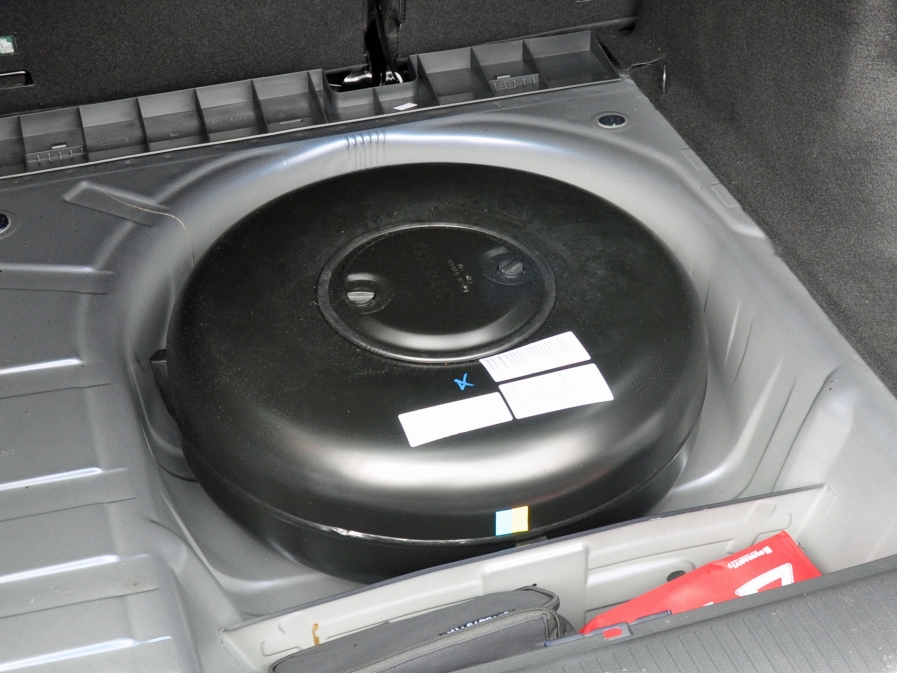Types of LPG tanks
In the past, the predominant type of LPG tanks used in cars were cylindrical bottles, which often limited the capacity of the trunk when mounted. They are still used in various applications, where for some reasons, toroidal tanks cannot be used.
However, currently, toroidal LPG tanks are much more frequently used than cylindrical ones. They are tanks in the shape of a torus, which are mounted in cars in the space designed for the spare tire. Thanks to the fact that the spaces designed for spare tires are located below the plane of the trunk floor, the use of toroidal tanks does not limit the luggage space of the vehicle in the slightest.
Types of LPG tanks according to installation location
Car LPG tanks are most often installed in the trunk. These are the above-mentioned cylindrical or toroidal tanks, installed internally in places designed for spare tires.
Toroidal tanks also come in external versions adapted for installation in the space under the chassis (under the car). They are mounted in the place of the spare tire or simply under the car, if the vehicle has no space for a spare tire or a place for a tire under the car. Such installation is only possible if there is enough space in the undercarriage for the installation of an external toroidal LPG tank.
Protection of LPG tanks mounted under the car
External toroidal tanks mounted under the car are exposed to constant atmospheric factors. For this reason, appropriate protection is applied to them.
Special covers for tanks mounted under the car are most commonly used. Special paint coatings for LPG tanks adapted to external conditions can also be found. Such solutions are encountered in cars with gas installations, mounted on production lines (in factory conditions).
LPG tank capacity
Depending on the application and the possibility of installation in the car, different capacities of car gas tanks are used.
The capacities most commonly used in car gas tanks range from 25 to 125 liters geometric capacity (resulting from dimensions). The filling level of LPG tanks is 80%, so the useful capacity is always 20% lower than the geometric capacity.

